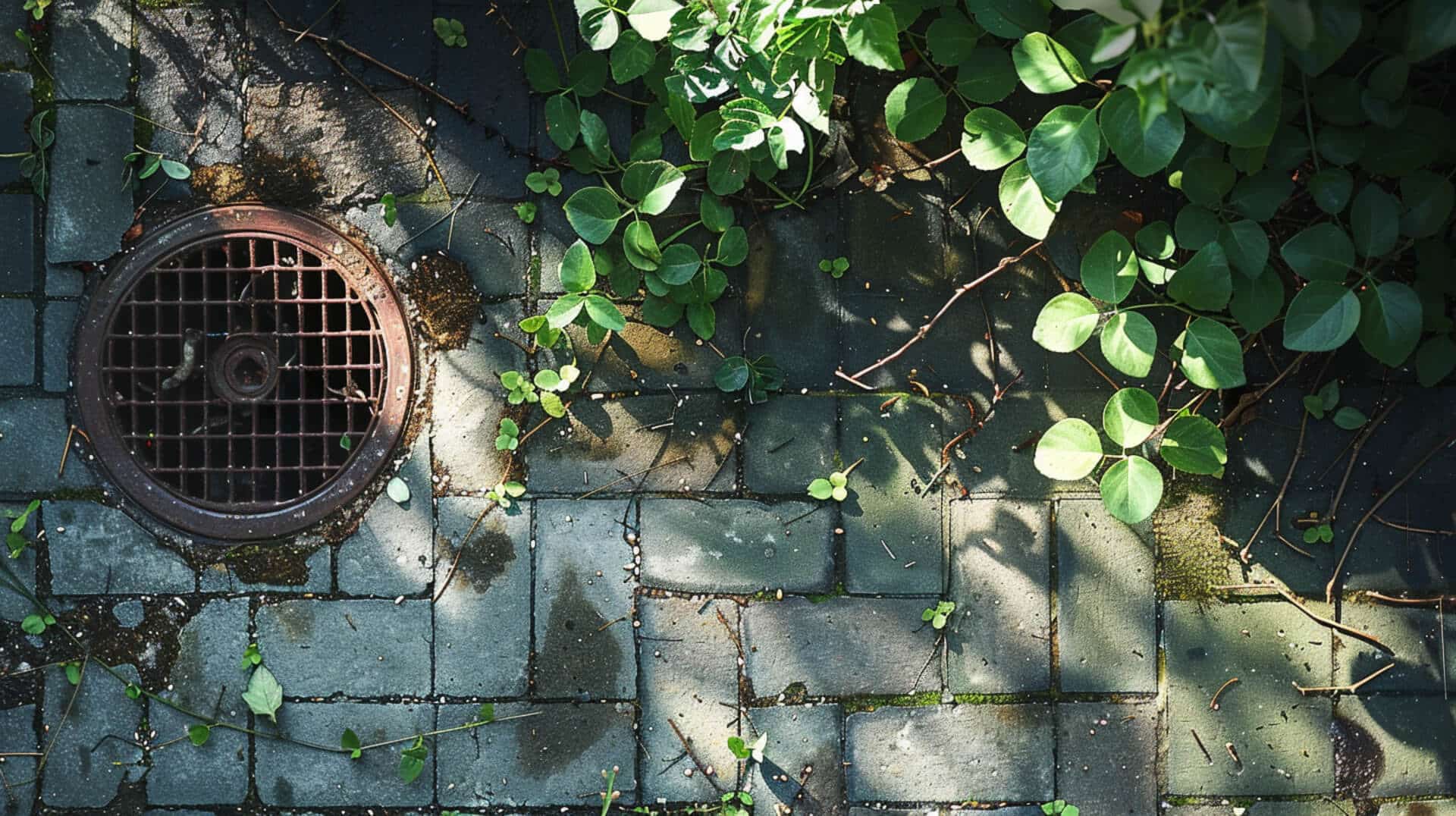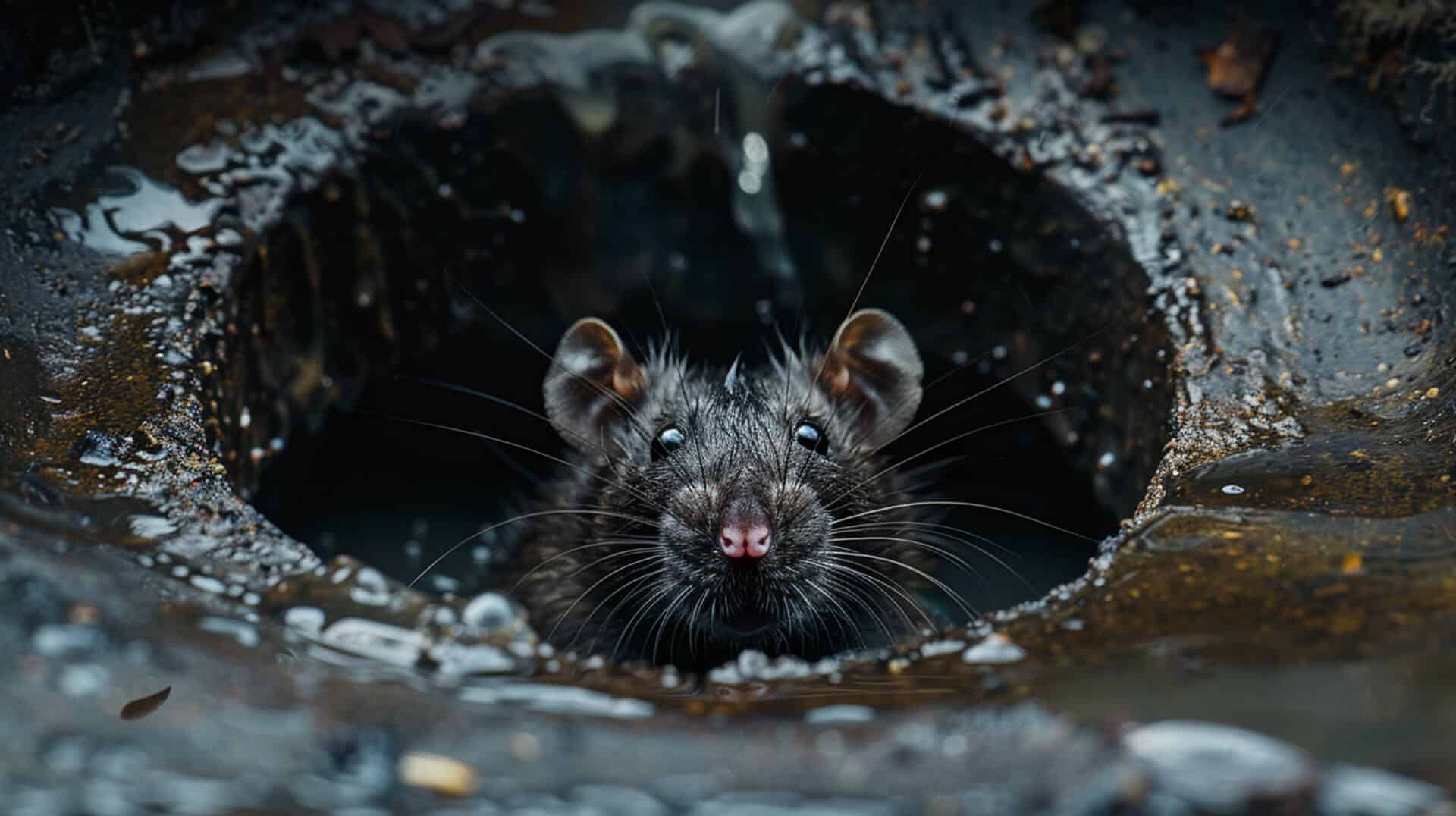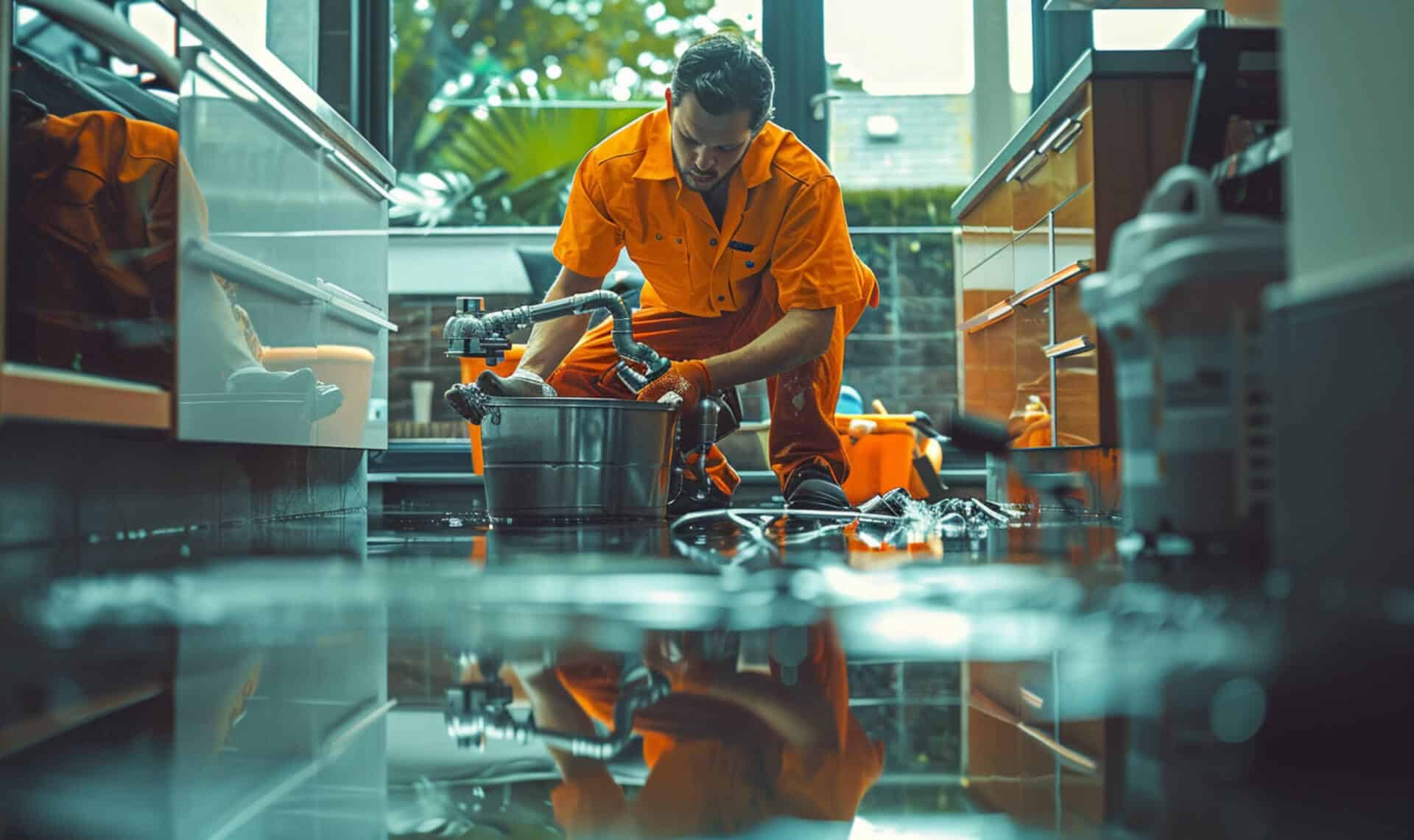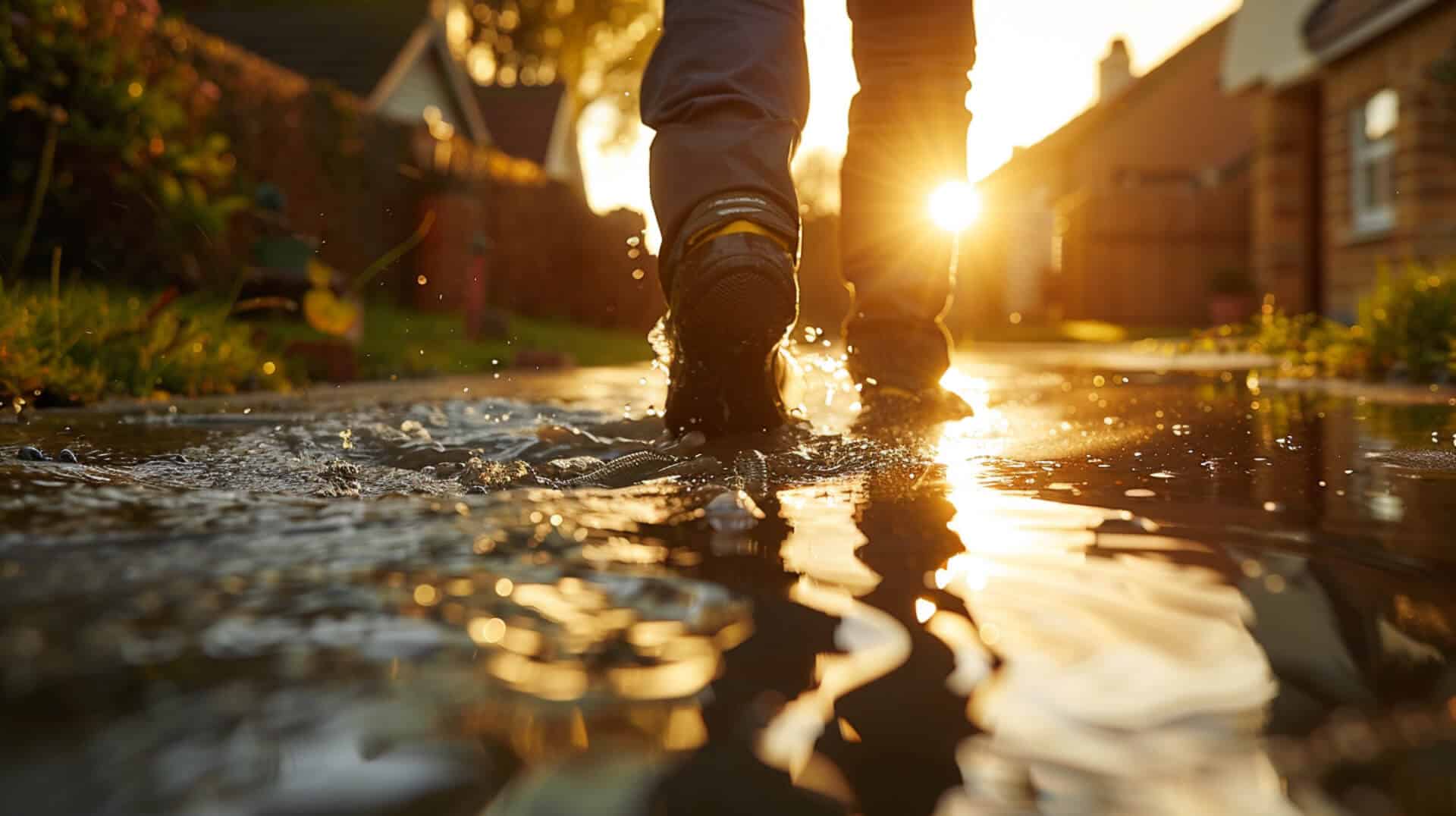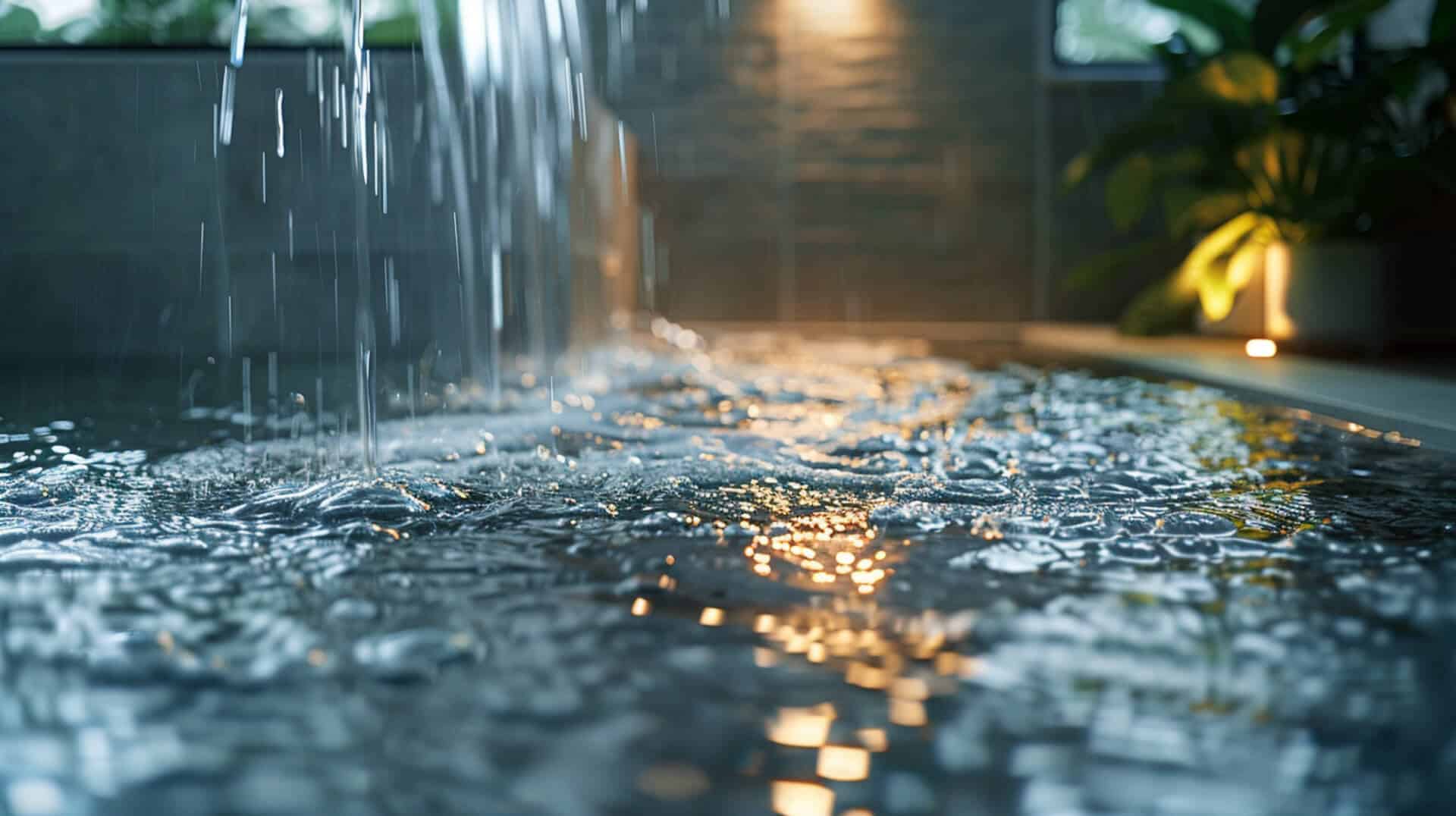 What Is Drainage Pest Control And How Does It Work
What Is Drainage Pest Control And How Does It Work
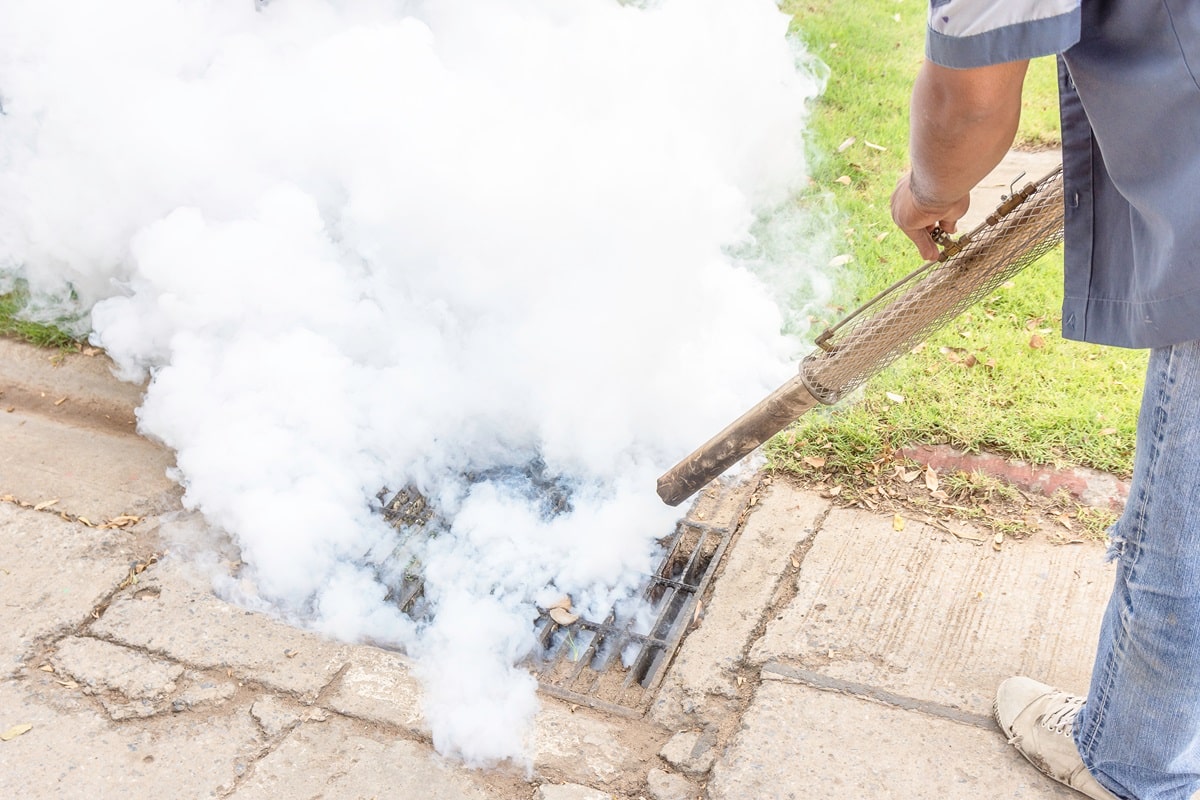
Drainage pest control is a specialised field that addresses the unique challenges pests pose within drainage systems. It encompasses a range of strategies and services aimed at preventing and managing pest infestations that can compromise water management systems, lead to flood risks, and impact sanitation and public health.
Objectives of Drainage Pest Control
The primary objectives of drainage pest control are to maintain the integrity of drainage infrastructure, protect properties from damage, and safeguard the health of occupants. This is achieved by identifying and eliminating conditions that attract pests, such as stagnant water and organic debris, which can lead to blockages and serve as breeding grounds for various pests.
Essential for Property and Facility Management
For property owners, business owners, and facility managers, drainage pest control is essential for several reasons. It ensures the longevity of their infrastructure, prevents the spread of diseases, and maintains compliance with health and safety regulations, particularly in industries where hygiene is paramount, such as food service and healthcare.
Integration with Pest Management Strategies
Drainage pest control integrates with overall pest management strategies by addressing the root causes of pest problems. It works in conjunction with other pest control measures to provide a comprehensive solution that not only deals with existing infestations but also prevents future occurrences.
Applicability in Property Management
The principles of drainage pest control apply across various contexts within property management. From residential homes to large commercial facilities, effective drainage pest control is crucial for preventing pest-related issues and ensuring the efficient operation of drainage systems.
Understanding the Role of Drainage Systems in Pest Control
Drainage systems are a fundamental component of property infrastructure, serving a dual role in water management and pest control. Properly maintained drainage systems are essential in deterring pests, as stagnant water and accumulated debris can attract a variety of unwanted organisms.
Contribution to Pest Attraction and Harborage
Drainage systems can inadvertently become a haven for pests. Water accumulation due to inadequate drainage creates ideal conditions for pests that thrive in moist environments. This can lead to the establishment of breeding grounds, particularly for insects and rodents, which may seek harborage within these systems.
Common Pests Associated with Drainage Systems
Typical pests that are drawn to drainage systems include rats, cockroaches, drain flies, and silverfish. These species are not only a nuisance but can also pose health risks by spreading diseases and causing allergies.
Exacerbation of Pest Problems by Faulty Drainage Systems
Faulty or poorly maintained drainage systems can exacerbate pest infestations. Cracks or breaks in the system provide easy access for pests, while blockages can cause water to pool, further attracting pests and providing a habitat for them to flourish.
Prevention of Pest Infestations Through Maintenance
Regular inspections and maintenance of drainage systems are crucial in preventing pest infestations. This includes clearing blockages, repairing any damage, and ensuring water flows freely away from the property. Such proactive measures are key to mitigating the risk of pest-related issues and maintaining a hygienic environment.
Common Pests in Drainage Systems
Drainage systems, while essential for water management, can also become habitats for various pests. Understanding the types of pests that are commonly found in these systems, the risks they pose, and the signs of infestation is crucial for maintaining a safe and healthy environment.
Types of Pests and Associated Risks
The pests most frequently encountered in drainage systems include:
- Rodents: Rats and mice can cause structural damage and pose health risks through the diseases they carry.
- Insects: Cockroaches, drain flies, and silverfish are attracted to the moisture and can contaminate food surfaces.
- Birds: Nuisance birds may nest in gutter systems, leading to blockages and property damage.
These pests can contribute to the spread of diseases, cause unpleasant odours, and lead to significant property damage if not addressed.
Identifying Signs of Pest Infestations
Property owners should be vigilant for signs of pest activity, which include:
- Unusual noises within walls or ceilings, indicating rodent movement.
- Visible droppings or smear marks along walls or near food sources.
- The presence of nests or accumulated debris in gutters and drains.
Prompt and Effective Pest Control
Addressing pest infestations in drainage systems promptly is essential to prevent the escalation of the problem. Effective pest control involves not only removing the current infestation but also implementing preventative measures to ensure long-term protection and compliance with health standards, particularly in commercial settings.
Techniques and Tools for Effective Drainage Pest Control
Effective drainage pest control relies on a combination of specialised techniques and advanced tools to diagnose, manage, and prevent pest infestations in drainage systems.
Specialised Techniques in Pest Control
Drainage pest control professionals employ a variety of techniques to tackle infestations:
- CCTV Inspections: Utilising high-spec cameras to conduct thorough inspections of the drainage system, identifying blockages, damage, and potential pest entry points.
- High-Pressure Water Jetting: Deploying powerful jets of water to clear blockages and debris, which can attract and harbour pests.
- Installation of Rat Flaps and Non-Return Valves: Fitting devices that allow water to flow out but prevent pests from entering the drainage system.
Importance of Preventative Devices
Non-return valves and rat flaps are critical in maintaining a pest-free environment:
- They act as physical barriers, deterring rodents and other pests from accessing the property through drainage lines.
- These devices are particularly important in areas prone to rodent infestations or for properties that have experienced previous pest issues.
When to Utilise These Techniques and Tools
Property owners should consider these techniques and tools:
- When signs of pest infestation are detected in the drainage system.
- As a preventative measure during regular maintenance checks.
- After any pest control treatment to ensure long-term protection against future infestations.
By integrating these methods into regular maintenance routines, property owners can significantly reduce the risk of pest problems and maintain the integrity of their drainage systems.
The Importance of Regular Maintenance and Inspections
Regular maintenance and inspections are pivotal in the prevention of pest infestations in drainage systems. These practices not only help in identifying potential issues early but also play a significant role in ensuring the longevity and functionality of the drainage infrastructure.
Frequency of Drainage System Inspections
It is recommended that drainage systems be inspected for signs of pest activity at least bi-annually. However, properties located in areas prone to pests or those with a history of infestations may require more frequent checks.
Preventive Maintenance Practices
Key maintenance practices include:
- Clearing Blockages: Regularly removing debris that can attract pests.
- Sealing Cracks: Ensuring that any damage to the drainage system is repaired promptly to prevent pest entry.
- Water Flow Assessment: Checking that water is draining correctly to avoid standing water, which can become a breeding ground for pests.
Role of Gutter Cleaning in Pest Control
Gutter cleaning is an essential aspect of pest control as it prevents the accumulation of organic matter where pests can nest and breed. Ensuring gutters are free from leaves and other debris reduces the likelihood of pest infestations.
Professional Pest Control Services
Professional pest control services offer expertise in:
- Conducting thorough inspections using specialised equipment.
- Identifying and addressing not just the symptoms but the root causes of pest problems.
- Providing tailored solutions that align with the specific needs of the property.
Engaging with professionals ensures that your drainage systems are maintained to the highest standards, safeguarding your property from the risks associated with pests.
Tailored Solutions for Different Types of Properties
The requirements for pest control can vary significantly between residential and commercial properties, each presenting unique challenges that necessitate customised solutions.
Diverse Pest Control Needs
Residential properties may require a focus on the comfort and health of inhabitants, dealing with common pests like ants, spiders, and rodents. Commercial properties, particularly those in the food service industry, must adhere to stringent health regulations and often face infestations of drain flies, cockroaches, and rodents that can jeopardise business operations.
Challenges in Commercial Kitchens and Retail Drains
Commercial kitchens and retail drains are high-risk areas for pest attraction due to the abundance of food waste and moisture. These environments require:
- Regular Inspections: To comply with food safety legislation and prevent infestations.
- Specialised Techniques: Such as non-toxic treatments that are safe for use in areas with food.
Importance of Customised Pest Control Plans
Tailored pest control solutions are essential for effective pest management. They ensure that:
- The specific needs of the property are met.
- The methods used are appropriate for the type of pests and level of infestation.
- Preventative measures are in place to avoid future issues.
Collaboration with Pest Control Professionals
Property owners are encouraged to work closely with certified pest control professionals to develop plans that are:
- Customised: Addressing the unique aspects of the property.
- Comprehensive: Covering both immediate extermination and long-term prevention.
- Compliant: Ensuring adherence to all relevant health and safety regulations.
By engaging with experts, property owners can ensure that their pest control needs are met with precision and care, safeguarding their property and those who use it.
Pricing and Service Options for Drainage Pest Control
Understanding the pricing and service options for drainage pest control is essential for property owners looking to protect their premises from pests.
Typical Pricing Models
Drainage pest control services often offer several pricing models to accommodate different needs and budgets:
- Fixed Price: A set cost for specific services, providing clarity and predictability for budgeting.
- Free Estimates: Preliminary assessments of the pest situation without financial commitment.
- No-Obligation Quotes: Detailed pricing proposals that allow property owners to make informed decisions without pressure.
Impact of Emergency Services on Costs
Emergency services and 24/7 availability are critical for urgent pest issues and can influence service costs:
- Premium for Immediate Response: Providers may charge extra for services rendered outside of standard business hours or for rapid deployment.
- Value of 24/7 Services: The availability of round-the-clock services ensures that pest emergencies are addressed promptly, potentially preventing further damage.
Comprehensive Pest Control Packages
Investing in comprehensive pest control packages can be advantageous:
- Long-Term Savings: Bundled services may offer cost savings over time compared to one-off treatments.
- Holistic Approach: Packages typically include a combination of immediate extermination and preventive measures.
Available Payment Options
Service providers typically offer a range of payment options for convenience:
- Credit/Debit Cards: Widely accepted for ease of transaction.
- Cryptocurrency Discounts: Some providers may offer incentives for payments made with digital currencies.
By considering these factors, property owners can select a drainage pest control service that aligns with their specific requirements and financial considerations.
Certification and Experience of Pest Control Technicians
When selecting a pest control service, the qualifications and experience of the technicians are paramount. These professionals are the frontline in safeguarding your property against pest-related damages.
Required Certifications for Technicians
Professional pest control technicians should hold relevant certifications that demonstrate their knowledge and adherence to industry standards. These may include:
- Pest Management Certification: Validates the technician’s expertise in pest identification, control, and management.
- Health and Safety Training: Ensures technicians can perform their duties without compromising the safety of themselves or others.
Significance of Experience in Drainage Pest Control
Experience in the field of drainage pest control is invaluable because:
- Seasoned technicians possess a deeper understanding of pest behaviour and effective control methods.
- They are more likely to have encountered and resolved a wide range of pest issues.
Benefits of Innovative Treatments
Technicians who employ innovative treatments and techniques offer several benefits:
- Efficiency: Modern methods can resolve pest issues more quickly and with less disruption.
- Effectiveness: Cutting-edge treatments may provide longer-lasting protection against pests.
- Safety: Newer techniques often reduce the reliance on harmful chemicals, making treatments safer for occupants and the environment.
Questions for Vetting Pest Control Services
To ensure you’re choosing a competent service, consider asking the following questions:
- What certifications do your technicians hold?
- How many years of experience do you have in drainage pest control?
- Can you describe the innovative treatments and techniques you use?
- What measures do you take to ensure the safety and effectiveness of your services?
By inquiring about these aspects, you can make an informed decision and trust that your property is in capable hands.
Preventive Measures and Long-Term Strategies in Drainage Pest Control
Preventive measures are essential in drainage pest control, focusing on reducing the risk of infestations before they occur. Long-term strategies ensure sustained protection, going beyond immediate extermination to address underlying issues.
Implementing Preventive Measures
To minimise the risk of pest infestations, consider the following preventive actions:
- Regular Inspections: Schedule routine checks of drainage systems to identify and rectify potential pest entry points.
- Sealing Entry Points: Ensure that gaps, cracks, and other openings in the drainage system are sealed to prevent pest access.
- Proper Waste Management: Dispose of organic waste correctly to avoid attracting pests to drainage areas.
Distinguishing Between Immediate and Long-Term Strategies
Long-term pest control strategies differ from immediate extermination efforts in that they:
- Focus on altering the environment to make it less attractive to pests.
- Aim to prevent future infestations by addressing the root causes, such as moisture control and habitat modification.
Addressing the Source of Infestations
It is crucial to identify and tackle the source of pest infestations, not just the symptoms. This may involve:
- Drainage System Repairs: Fixing leaks and damages that create hospitable environments for pests.
- Landscape Alterations: Adjusting the property’s landscape to prevent water accumulation near the structure.
Role of Habitat Modification
Habitat modification plays a pivotal role in preventive pest control by:
- Removing or altering the conditions that support pest life cycles.
- Employing non-chemical methods that are sustainable and environmentally friendly.
By adopting these preventive measures and long-term strategies, you can maintain a pest-free environment and protect your property from the associated risks.
Challenges in Effective Drainage Pest Control
Effective drainage pest control presents several challenges that must be navigated to maintain the health and integrity of both the property and the environment.
Main Challenges in Controlling Drainage Pests
Professionals in the field face various obstacles, including:
- Complex Infestations: Pests in drainage systems can be difficult to eradicate due to their inaccessible nesting locations.
- Resistance to Treatments: Some pests have developed resistance to common control methods, necessitating more innovative approaches.
- Recurring Infestations: Without addressing the root causes, pests may continue to return, even after treatment.
Environmental Considerations in Pest Control Methods
Environmental responsibility is a key consideration in pest control:
- Chemical Use: The use of chemicals must be carefully managed to prevent harm to the surrounding ecosystem.
- Non-Target Species: Ensuring that treatments do not adversely affect non-target species, including beneficial insects and local wildlife.
Balancing Efficacy with Environmental Responsibility
It is crucial to balance the effectiveness of pest control methods with environmental considerations:
- Integrated Pest Management (IPM): This approach combines biological, cultural, physical, and chemical tools in a way that minimises economic, health, and environmental risks.
- Sustainable Practices: Employing methods that are sustainable and cause minimal disruption to the environment.
Emerging Technologies in Pest Control
To address these challenges, new technologies are being developed:
- Biological Controls: Utilising natural predators or pathogens to manage pest populations.
- Smart Drainage Systems: Incorporating technology to monitor and automatically respond to signs of pest activity.
By considering these challenges and advancements, professionals can provide effective, responsible pest control solutions.
Selecting the Right Drainage Pest Control Service
Choosing an effective drainage pest control service is a critical decision for property owners. It involves evaluating the provider’s expertise, reliability, and the quality of their service offerings.
Evaluating Pest Control Service Effectiveness
To assess the effectiveness of a pest control service, consider the following:
- Track Record: Look for services with a proven history of successfully resolving pest issues similar to yours.
- Customer Feedback: Read reviews and testimonials to gauge the satisfaction of previous clients.
Factors to Consider When Choosing a Provider
Several factors should influence your choice of pest control service:
- Experience: Providers with extensive experience in drainage pest control are likely to offer more reliable solutions.
- Specialisation: Services that specialise in drainage pests, particularly rodents, may be more adept at addressing your specific concerns.
- Availability: Consider providers that offer 24/7 service for emergency interventions.
The Importance of Accreditation and Insurance
Accreditation and insurance are non-negotiable when selecting a pest control service:
- Accreditation: Look for providers with BPCA (British Pest Control Association) accreditation or equivalent, ensuring they meet industry standards.
- Insurance Verification: Ensure the service is insured to protect against any potential damages during pest control treatments.
Finding Reputable Services in Your Area
To find reputable pest control services:
- Local Council Listings: Check for recommended providers listed by your local council.
- Online Searches: Utilise online search engines and directories to find services with high ratings and positive reviews.
- Professional Networks: Seek recommendations from professional networks or associations related to pest control.
By carefully considering these aspects, you can select a drainage pest control service that will effectively address your needs and provide peace of mind.
Significance of Drainage Pest Control in Property Management
Drainage pest control is an integral aspect of property management, crucial for safeguarding the health and safety of occupants. It involves a strategic approach to managing pests that can infiltrate drainage systems, which, if left unchecked, can lead to significant health hazards and structural damage.
Contributions to Health and Safety
Effective drainage pest control contributes to the well-being of occupants by:
- Mitigating Health Risks: Reducing the potential for disease transmission from pests commonly found in drainage systems.
- Preventing Property Damage: Protecting the integrity of the property by preventing pests from causing structural damage.
Key Considerations for Stakeholders
For property owners, business owners, and facility managers, the key considerations in drainage pest control include:
- Proactive Measures: Implementing regular inspections and maintenance to prevent pest infestations.
- Professional Expertise: Engaging with certified pest control technicians who can provide tailored solutions based on the property’s specific needs.
Seeking Further Information and Assistance
Property owners seeking further information or assistance with pest control can:
- Consult Local Authorities: Contact local council environmental health departments for guidance and recommendations.
- Research Online: Utilise online resources, including pest control associations and forums, for advice and to find accredited service providers.
- Professional Consultations: Schedule consultations with pest control experts to discuss concerns and explore service options.
By prioritising drainage pest control, stakeholders can ensure a healthier, safer living and working environment, and maintain the value and integrity of their properties.
